We offer
→ a training program that is adapted to the demands of the current job market
For pre-professional
dancers
To guide them
in the early stages of their career
In small groups
For increased focus on individual training and support
→ in a stimulating and joyful atmosphere.
Our goals
• Refining your Technique
• Developing your skills and artistry as a Performer
• Preparing you to take the EAT (option Classique / Ballet)
• We also offer classes that complement your ballet training, such as Barres Flexibles and movement analysis, history of dance and technique, various Masterclasses in ballet, contemporary, jazz, etc
Our unique approach
• Our training is based on increasing each individual’s physical awareness and awareness of their potential
• We will provide a tailor-made program that is adapted to your training and career goals
• We prepare you for auditions (filming audition videos, photos, CV, cover letters, and mock auditions to prepare you)
©Charlotte Audureau
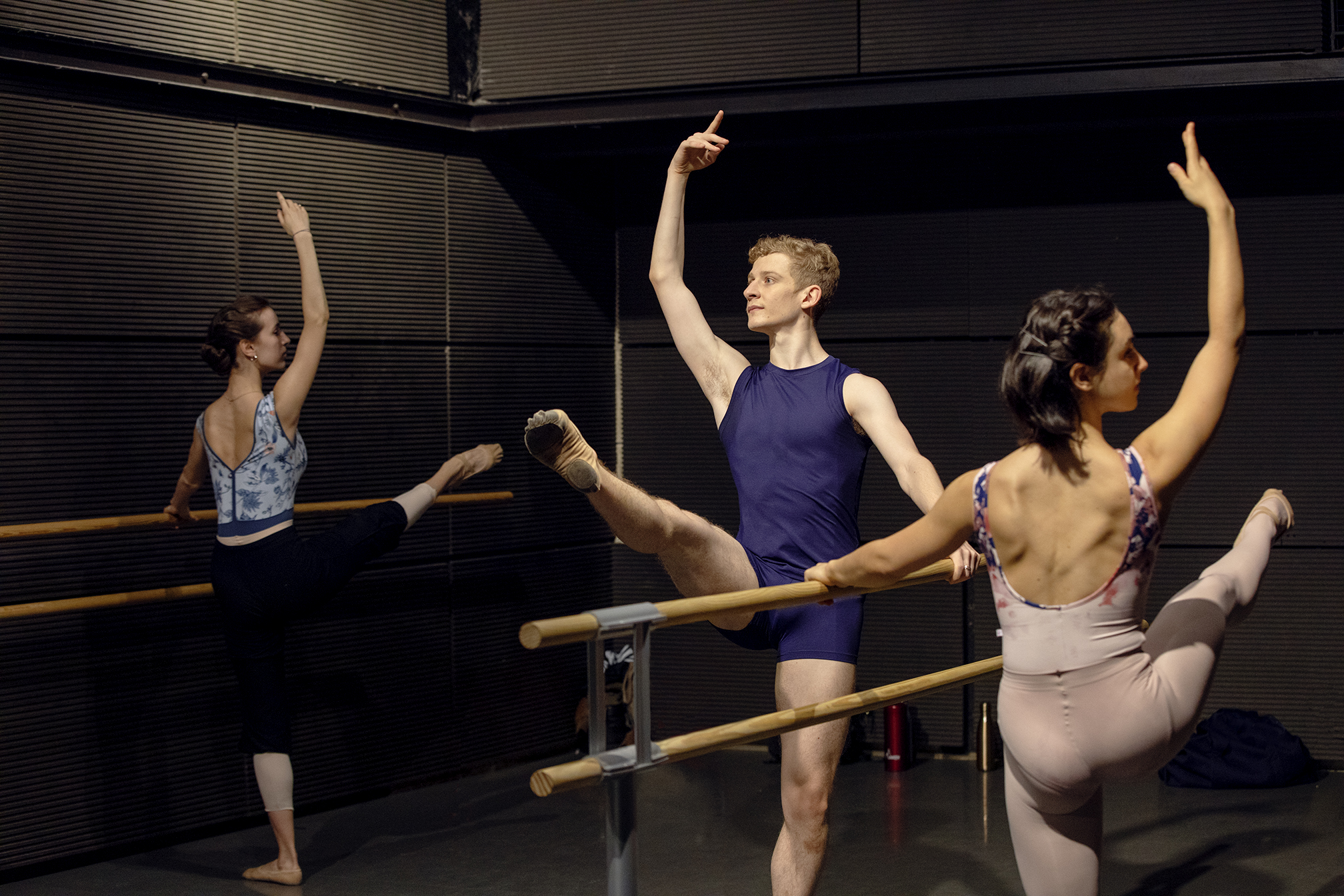

Schedule
• Classes start August 30, 2024 until July 6, 2025
• No classes from December 23, 2024 until January 5, 2025; and from April 21 until 27, 2025
see the → schedule tab for details
* You can also join us anytime in the year, contact us for further information.
Where you can find us
Studio Micadanses 15, 16, 20 rue Geoffroy-L’Asnier, 75004 Paris.
Métro Saint-Paul ou Pont Marie
Studio Bleu 9ème 14/16 boulevard Poissonnière, 75009 Paris.
Métro Grands Boulevards ou Bonne Nouvelle
Studio Harmonic 5 passage des Taillandiers, 75011 Paris.
Métro Bastille
Studio Nilanthi 83 rue Rébéval, 75019 Paris.
Métro Pyrénées ou Belleville
Our Classes
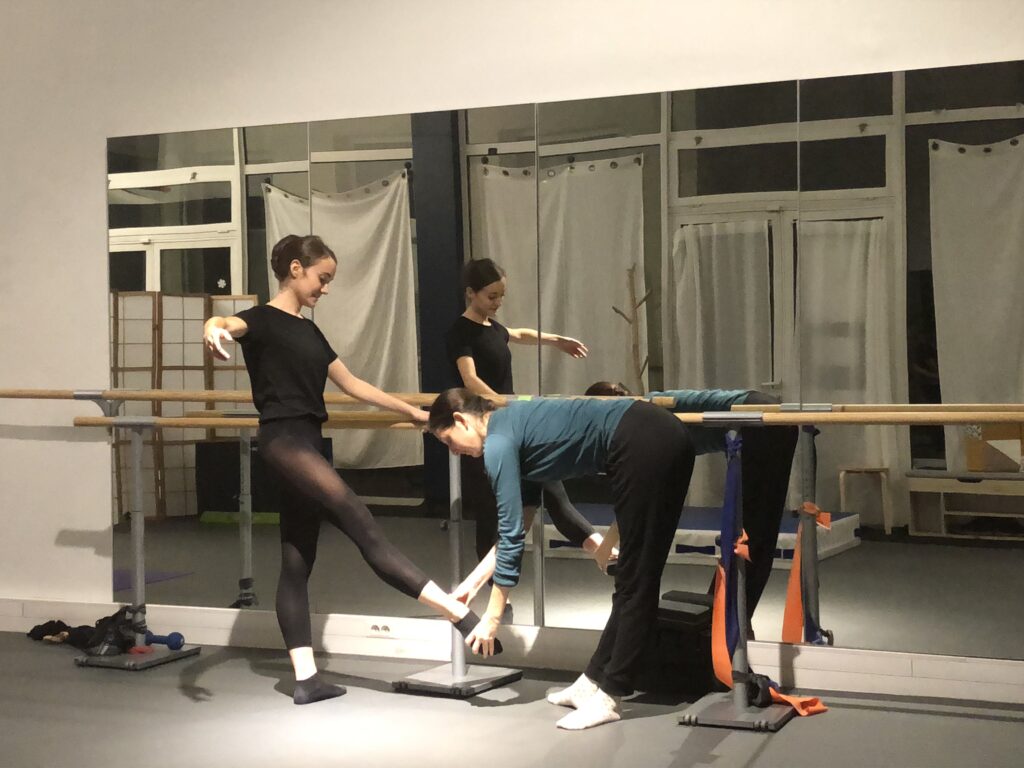
Class description:
advanced ballet class, with an emphasis on musicality, technique, stamina and coordination.
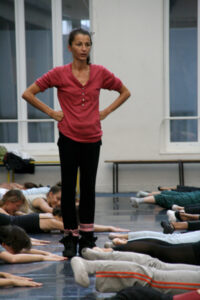
Class description:
this class focuses on proper alignment, which is crucial for dancers and athletes in general. For me, it is a matter of ethics to emphasize proper technique so dancers can be at the top of their game and remain injury-free to ensure their longevity. This class will also touch on the basics of human anatomy and kinesiology, because it is fundamental for dancers to know how their body works and understand concepts like range of motion, how muscles, tendons and fascia interact, how flexibility and strength work, etc. Proper understanding of human anatomy is the only way to remain injury-free and is crucial in any dancer’s career.
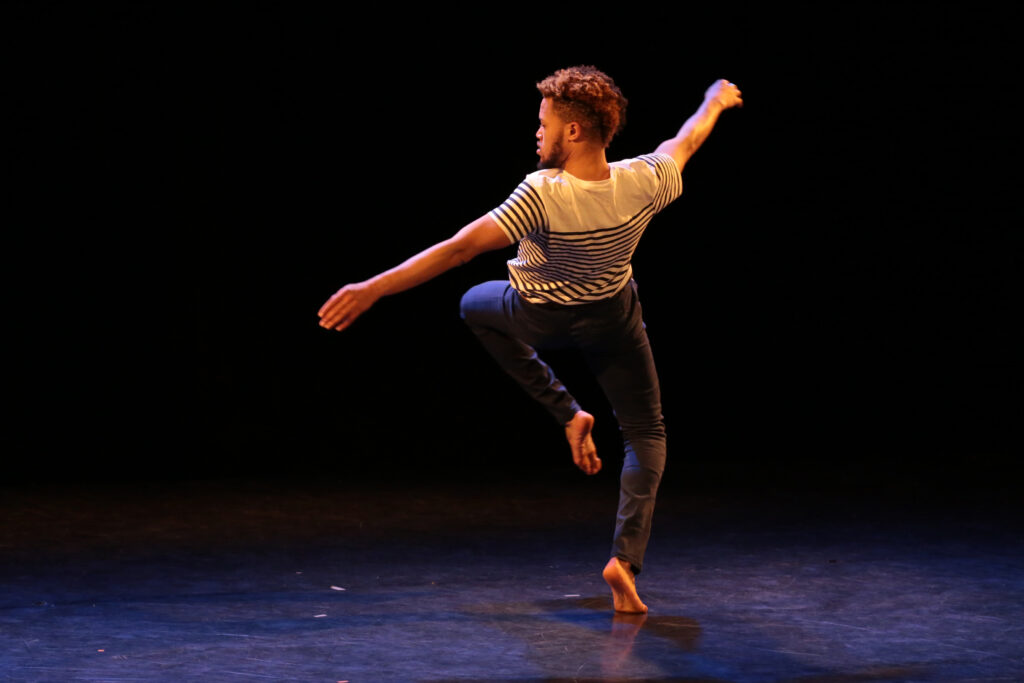
Class description:
In this class, you will study the various modern and post-modern dance techniques. You will explore various improv approaches as well as choreographic composition. All these elements will help you become a versatile dancer, who is ready to tackle the demands of today’s dance world.
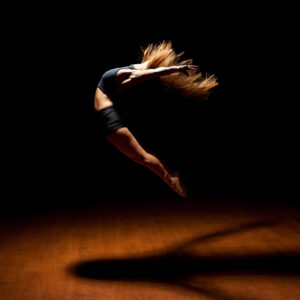
Class description:
With this style whose history and culture are very diverse, you will explore notions such as attacking movement, momentum, rhythmical disruptions, and isolations. You will develop a dynamic vocabulary which will be diverse and precise, which will allow you to find more subtlety in your technique and artistry.
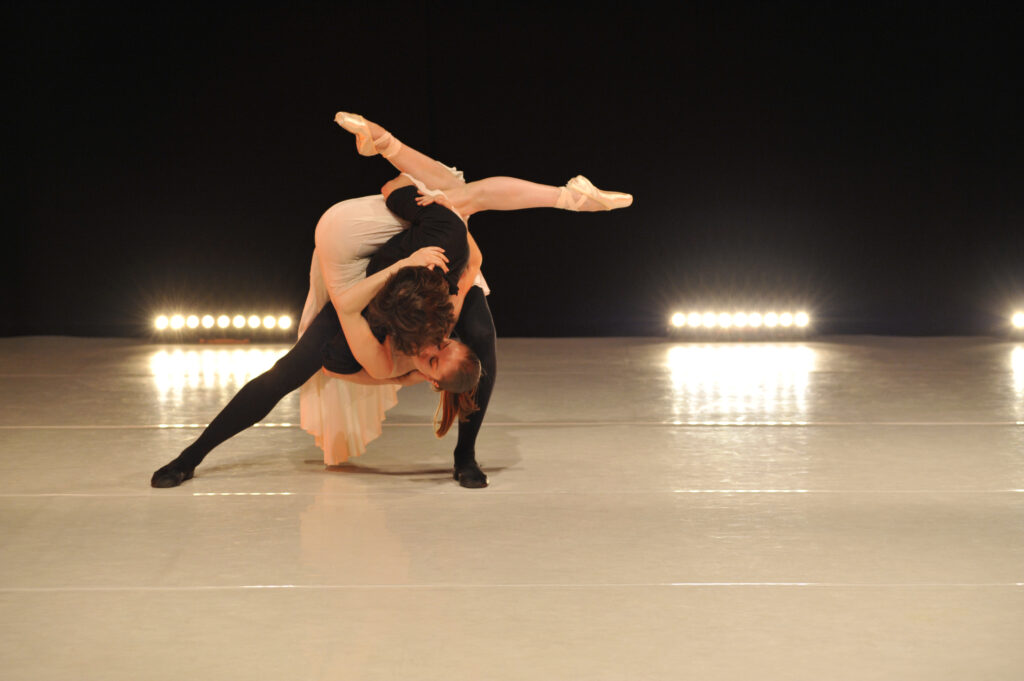
Class description:
This class is meant to introduce you to variations from the repertoire as well as pas-de-deux. We will study partnering, lifts, promenades, pirouettes, etc.
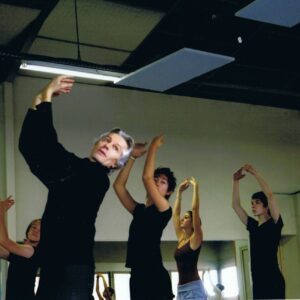
Class description:
Dance-focused functional anatomy
After an introduction to how the human body is organized, to its 11 systems and 4 tissues that compose it, we will study:
- All the terminology pertaining to the body’s orientation.
- Our skeleton: bone structure, vascularization and nerves, how bones form and grow
- Our joints: classification of the body’s various joints, which movements can synovial joints allow, and how synovial junction works.
- Our muscles: contraction and release of the bone myocytes, how muscles attached to bones produce movements and the main muscles
- Our nervous tissues: overview of the nervous system, the functions and organization of our nervous system.
- How the body adapts to effort and physical strain.
In order to allow students to integrate all these notions of anatomy and physiology, we will study danced movements from the perspective of functional anatomy.
Functional Analysis of the Dancing Body
« Functional Analysis of the Dancing Body was created by dancers, for dance, and has since expanded to include martial arts, circus arts, singing, theater, instrumental practice… Developed for preventive, educational and artistic purposes, it questions the intention of the gesture, and the postural organization of the person in a defined context of action, by establishing an open dialogue with the imaginary of movement. In the tradition of somatic techniques, AFCMD differs from these in its use of theoretical and practical observational data, as well as in its emphasis on reorganizing the kinaesthetic experience. It combines a sensitive experience with the objective knowledge that governs movement. AFCMD takes into account the functional and expressive dimensions of the ‘subject’ body, moving towards the autonomy of optimum movement organization. »
(Definition found on the Accord Cinétique website, a French association for AFCMD specialists).
Barres flexibles
The ‘barres flexibles’ technique was pioneered by Wilfride Piollet (a former Principal at the Paris Opera, dance scholar and instructor at the CNSMDP). It is a concrete and dynamic tool for movement analysis. When I was hired in 1997 by Madame Rosella Hightower at the Ecole Supérieure de Danse de Cannes, I started experimenting with this innovative warm-up technique at all levels of teaching and continued to do so for 25 years.
The tools of this technique developed in “Synthèse des barres flexibles” are numerous. During my classes, I mainly focus on:
- The notion of body measurements, particularly with “barres flexibles”. Wilfride defines them as “a movement of our thoughts during a danced gesture”;
- A danced warm-up with “the basics” in which the body performs coordination exercises that rebalance and strengthen muscle connections and groups. These warm-up exercises follow on from each other in a logical order in the center to form the “barre”;
- Exercises with a small ball to strengthen coordination of the shoulder girdle and upper limbs.
- Support on one’s own body: to warm up the dancer, Wilfride has developed support on one’s own body to refine the dancer’s gravitational relationship.
The course will also enable dancers to put into practice the sensitive notions of barres flexibles in the practice of steps, particularly 19th-century ones.
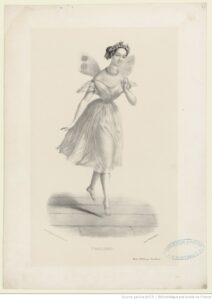
Class description:
this survey class will take you through the history of dance and the evolutions of ballet technique; we’ll examine the historical context of the evolutions of dance, from the court of monarchs in the Early Modern period to the neo-classical style of the 21st century.
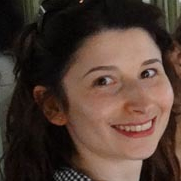
Adeline Chevrier-Bosseau
Adeline Chevrier-Bosseau is Associate Professor of American literature and Dance Studies in the Sorbonne – University and a Junior Member of the IUF (Institut Universitaire de France). She holds an agrégation in English and a PhD in American literature from the Sorbonne-Nouvelle University (Université Paris III – Sorbonne Nouvelle). Her research focuses primarily on the dialogue between dance and literature, and she has published extensively in international peer-reviewed academic journals (Transatlantica, Revue Française des Études Américaines, The Emily Dickinson Journal, …), collective works like the Nouvelle Histoire de la danse en Occident: De la Préhistoire à nos jours (ed. Laura Cappelle, Seuil, 2020), and has edited the special issue of the Cahiers Élisabéthains on Shakespeare and dance (« Dancing Shakespeare in Europe: Silent Eloquence, the Body and the Space(s) of Play », volume 102, n°1, 2020).